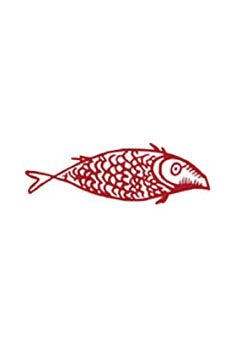ENTRE GADITANIZACIÓN Y ROMANIZACIÓN: REPERTORIOS CERÁMICOS, ALIMENTACIÓN E INTEGRACIÓN CULTURAL EN TURDETANIA (SIGLOS III-I A. C.)
 Abstract
Abstract
The changes in composition and shapes in domestic wares detected among the communities along the lower Guadalquivir valley, from the 3rdcentury B.C., seem to point to a slow but constant transformation in alimentary habits. On one side is a growing Phoenician influence, reflected
in the emergence of new cooking wares: saucepans, mortars and big bowls, related with new ways of processing and preparing food.
Following a parallel evolution, the distribution of salted products, oil and other foodstuffs from the area around the Strait and the Cadiz plain becomes common. However, local cooking wares, mainly saucepans and big, straight-walled bowls, remain dominant at least until the early 1st century B. C., suggesting a low receptivity for changes in cooking practices. The Roman conquest introduced Italian fine wares, without apparently affecting consumption patterns among local populations. In addition,
from the 2nd century B. C. and over the following century, the importation and imitation of Italian cooking wares became generalised in indigenous contexts.
 Downloads
Downloads
I dati di download non sono ancora disponibili.
Downloads
Pubblicato
2011-12-01
Come citare
García Fernández, F. J., & García Vargas, E. (2011). ENTRE GADITANIZACIÓN Y ROMANIZACIÓN: REPERTORIOS CERÁMICOS, ALIMENTACIÓN E INTEGRACIÓN CULTURAL EN TURDETANIA (SIGLOS III-I A. C.). SAGVNTVM Extra, 9, 115–134. Recuperato da https://turia.uv.es/index.php/saguntumextra/article/view/1490
Metriche
Viste/Downloads
-
Abstract602
-
PDF (Español)506
Fascicolo
Sezione
Ponencias
Licenza

Este obra está bajo una licencia de Creative Commons Reconocimiento-NoComercial-SinObraDerivada 4.0 Internacional.



